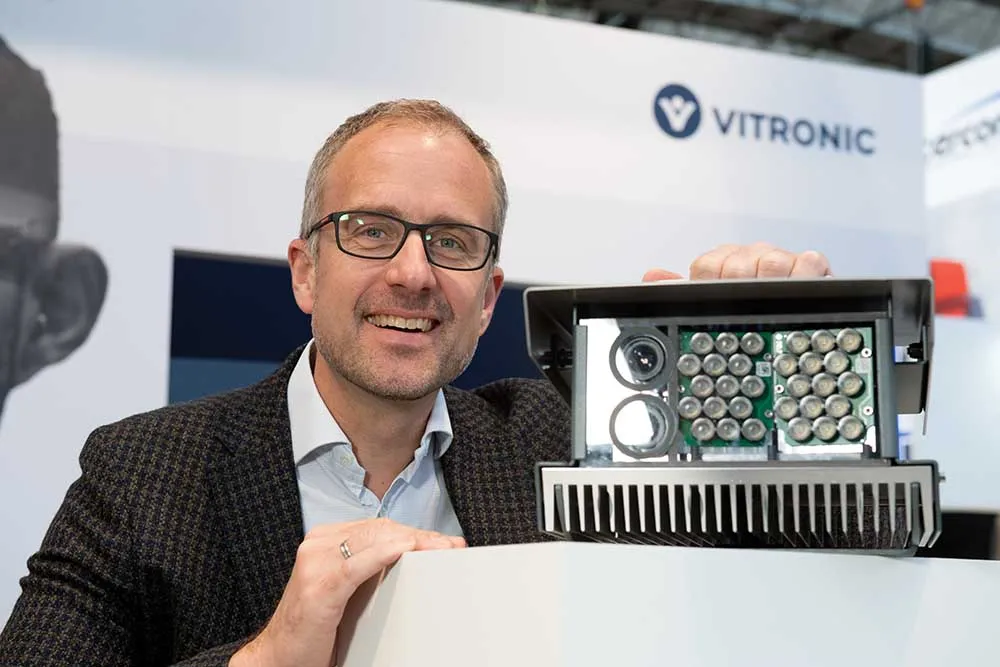
International Road Dynamics (IRD) has been awarded a three-year, $2.98 million Weigh in Motion (WiM) contract by North Carolina Department of Transportation (NCDoT).
It involves maintenance, service, repair and calibration of commercial vehicle enforcement technology located at 18 permanent and virtual truck weigh stations throughout the state.
The firm has a 15-year relationship with the state, and this deal creates a single statewide maintenance agreement.
Technology will include IRD’s Tire Anomaly and Classification System (TACS) and its WiM e-screening for commercial vehicle weights and credentials.
Transponder bypass, licence plate and DoT readers will also be used, as well as thermal imaging brake detection systems, mainline and ramp screening, over-height detection, and dynamic message sign signalling and messaging.
"IRD's WiM e-screening systems and our advanced TACS are recognised as best-in-class and will be key components for a successful statewide enforcement and safety programme," says IRD CEO Rish Malhotra.
The firm says the new contract will enable NCDoT to optimise performance of its WiM network and enhance enforcement of state and federal laws relating to highway and commercial vehicle operations.
Chuck Myers, Quarterhill’s CEO, says: “Consolidating maintenance and technology at their 18 facilities under one agreement will enable NCDoT and the North Carolina State Highway Patrol to enhance the efficiency and effectiveness of processing large volumes of commercial vehicles."
"The trucking industry realises considerable benefits through the reduction of wait times, fuel costs, and greenhouse gas emissions. Most importantly, safety for all drivers is enhanced by removing unsafe trucks and oversized vehicles from the state’s roadways.”









